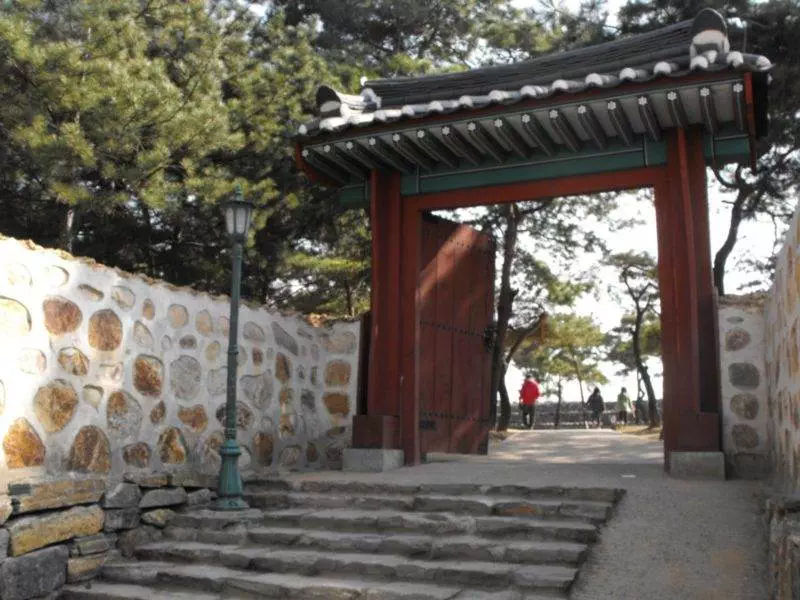
The Baekje stone tombs comprise a nice portion of history – even though there isn’t much to see / interact with. That there’s anything left of a 1500 year old kingdom – at the earliest! – deserves mention.
The story begins a long time ago – some time before 475 A.D. The tombs from the Baekje era were built here while Hanseong (present-day Seoul) was Baekje’s capital. In 475 A.D. the capital was moved to Ungjin (present-day Gongju, near Daejeon and about two hours south of Seoul) and the tombs left behind.
Fast-forward to 1916, when there were 89 burial mounds. That was too many, and the land needed to be developed into something else… When the area was restored in 1987, exactly two of the burial mounds remained. This site is now considered Historical Site #243, so hopefully what’s left will be protected for a long time to come.
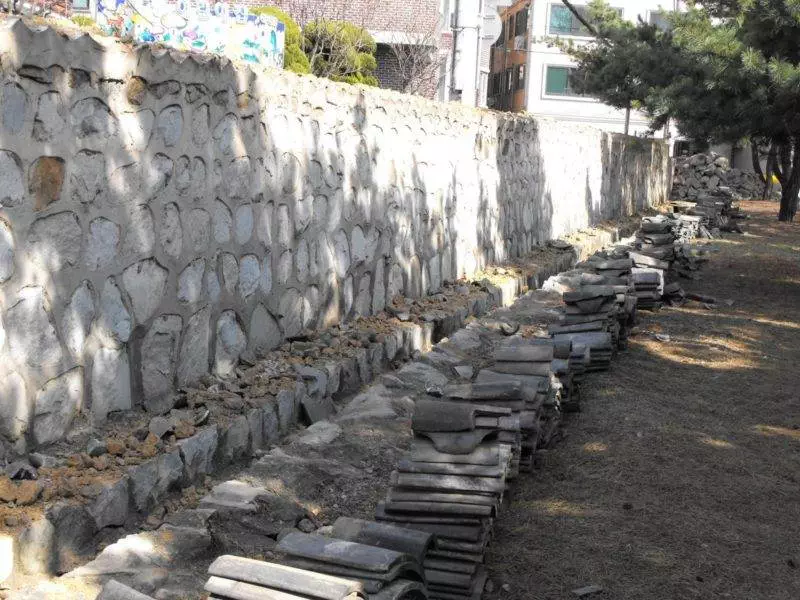
Thankfully, this is one case where modern Seoul and ancient history converge. Start by walking a few hundred meters from the subway – a 5-6 minute walk – and begin your journey by encountering a stone wall. As of when I went, the above-pictured stone wall is still being built, so it’s possible to hop over an unfinished portion. The entrance proper isn’t too far away… but isn’t as obvious (turn left and go inside when the stone wall ends)
Once inside and exploring the sights, a couple things make an obvious appearance. The first?
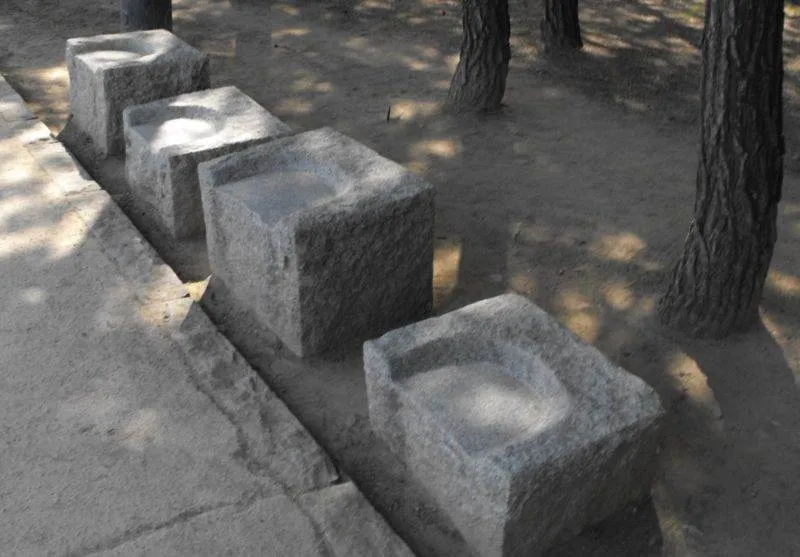
While these may be comfortable for a brief respite, no homeless person will be comfortable on these benches for any length of time. Clever design.

A panoramic view of one of the stone tombs. Bear in mind that these are all TOMBS – y’know, things buried in the ground… There isn’t exactly a lot to see…
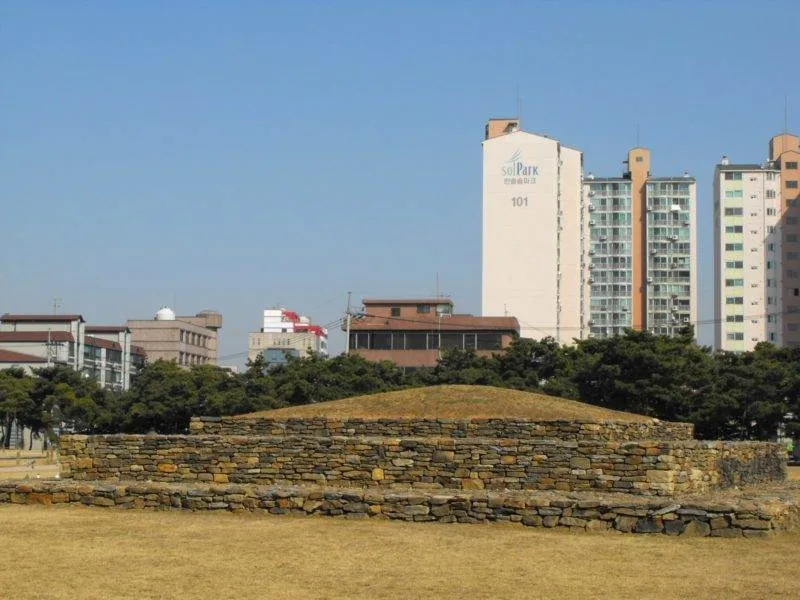
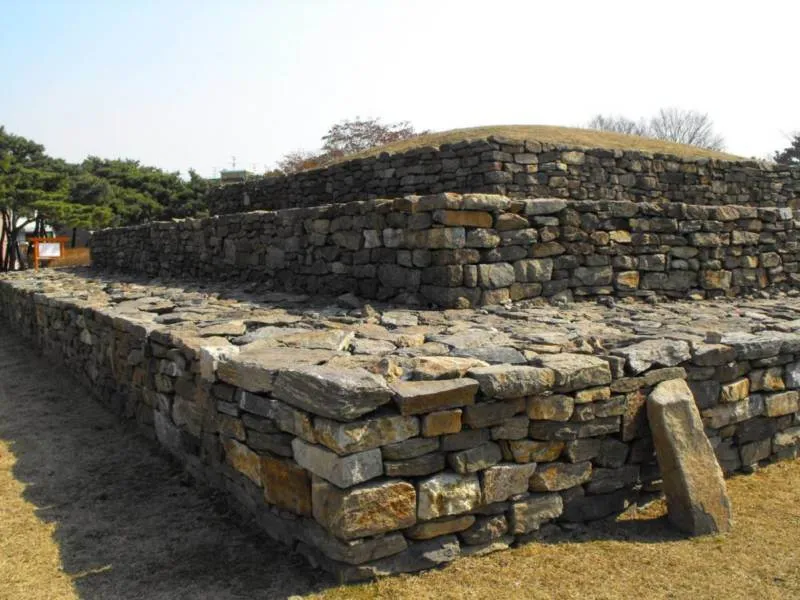
Originally 25 meters long, 20 meters wide, and about 5 meters high, this tomb was excavated and restored slightly smaller.
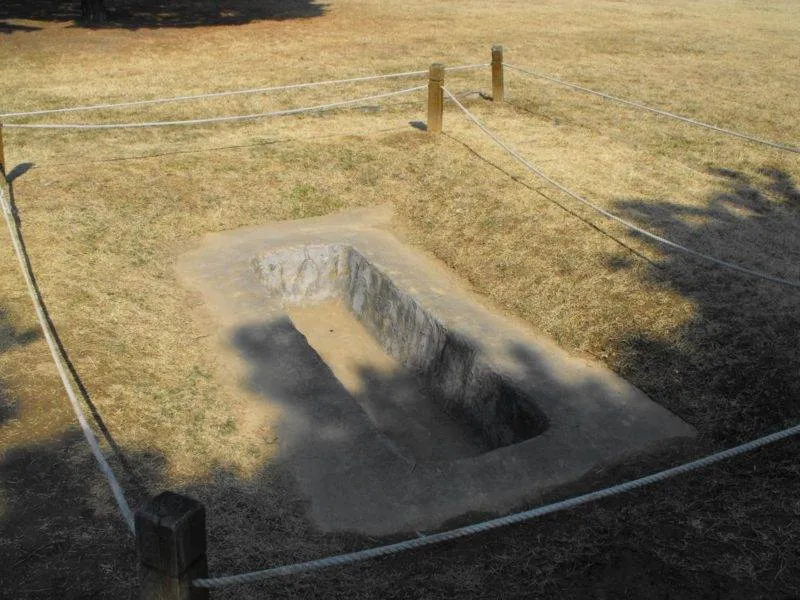
A restored example of a ‘pit tomb’. Though the sign indicates it predates the piled-stone tombs, it doesn’t tell us a lot… The measurements, however – 223 cm long, 76 cm wide, and 21 cm deep – are exact, though.
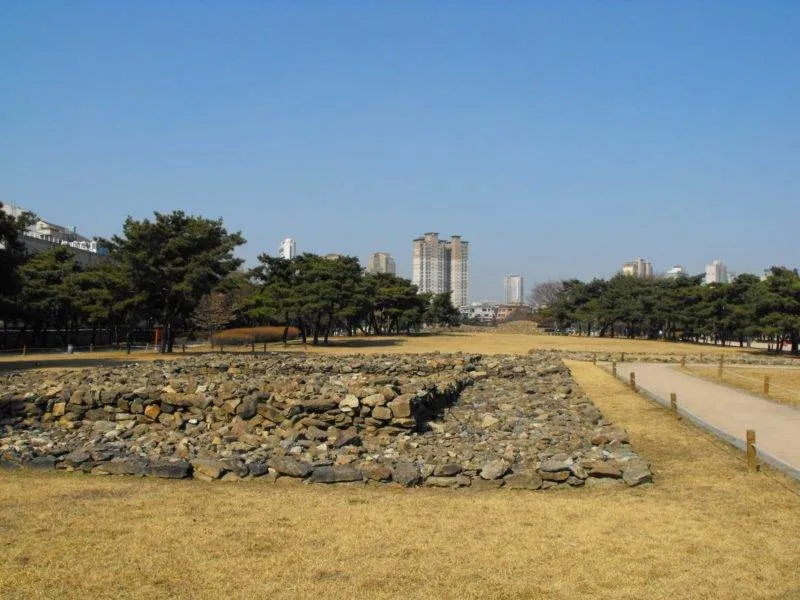
One of the original (non-restored) tombs, although the original upper structure of the tomb has been destroyed and houses built on top of it. Although believed to be a ‘twin’ tomb, only one of them has been excavated of it’s interior structure.
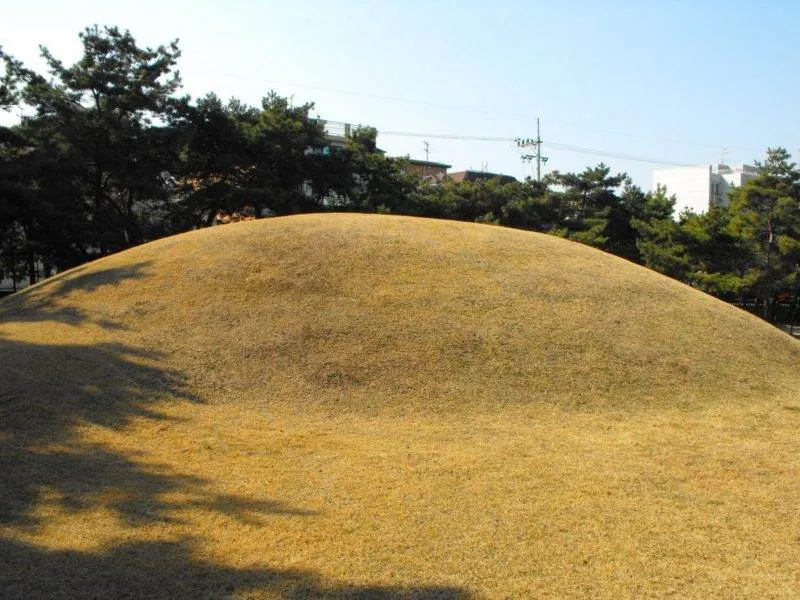
At 17 meters in diameter and 3 meters high, this burial mound is the only original tomb with a mound left. Any history / anthropology / socialogy majors out there can inform the class on why that’s interesting or important 🙂 Two mounds similar to this one were excavated in 1969, so it’s assumed that this one has the same interior structure.
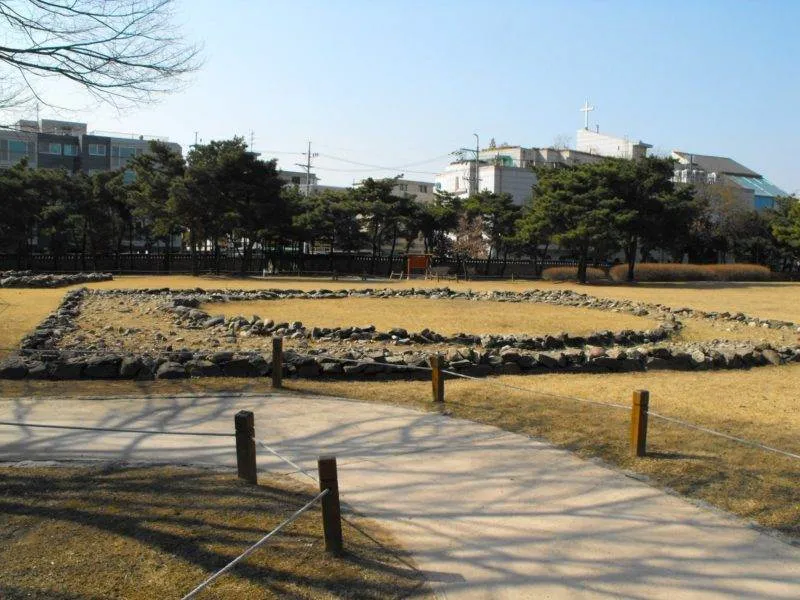
The tomb was destroyed a long time ago, but we can still see some of the foundation work from what’s left. A circle of stones inside a larger square of stones, which is similar to the ground plans of some Japanese tombs.
Detailed signs in English and free admission are nice, but you’ll need an active imagination to see the tombs that no longer exist or are still buried in the ground. Go if you have an interest in the history / sociology / anthropology of ancient Korea, or just check it out because it’s peaceful and relatively quiet.
Directions to Baekje stone tombs: Take line 8 of the Seoul subway system to the Seokchon station. Take exit 6 to street level and walk about 450 meters. You’ll see a stone wall in front of you; walk left and follow the wall until you see the entrance. Free admission; wheelchair-friendly; open 5am – 10pm during the summer and 6am – 9pm the rest of the year.


